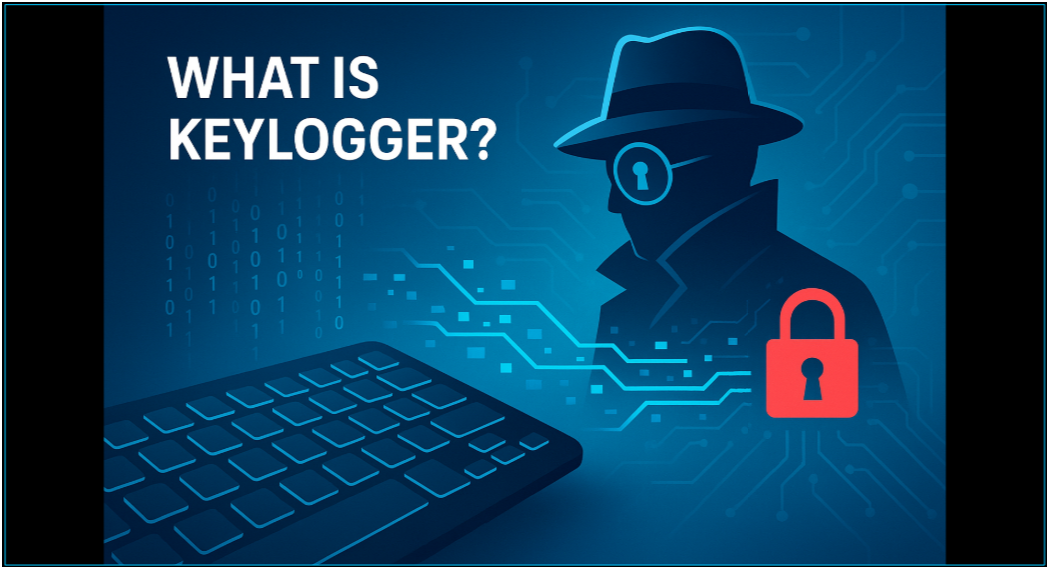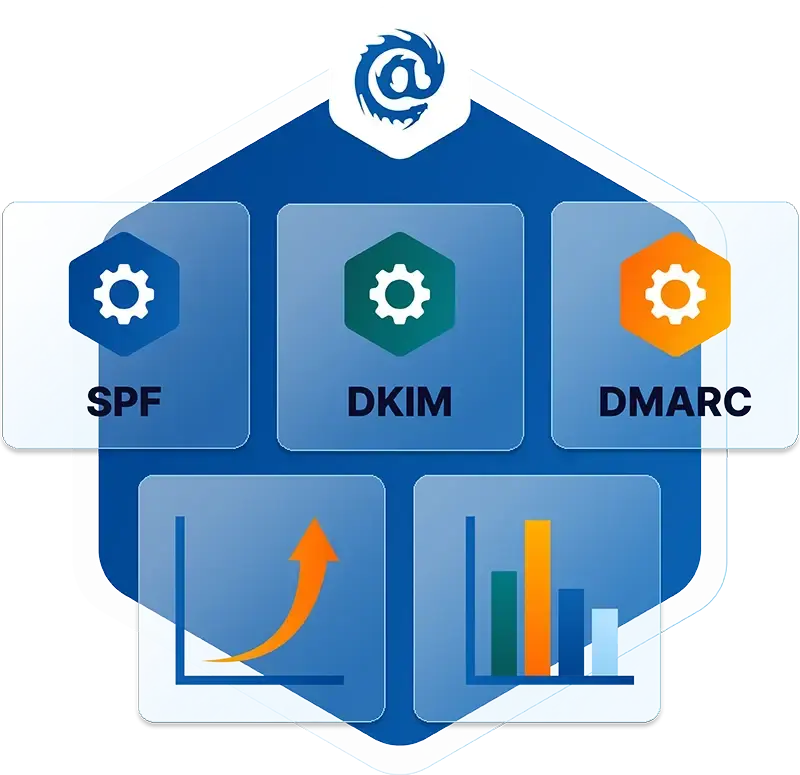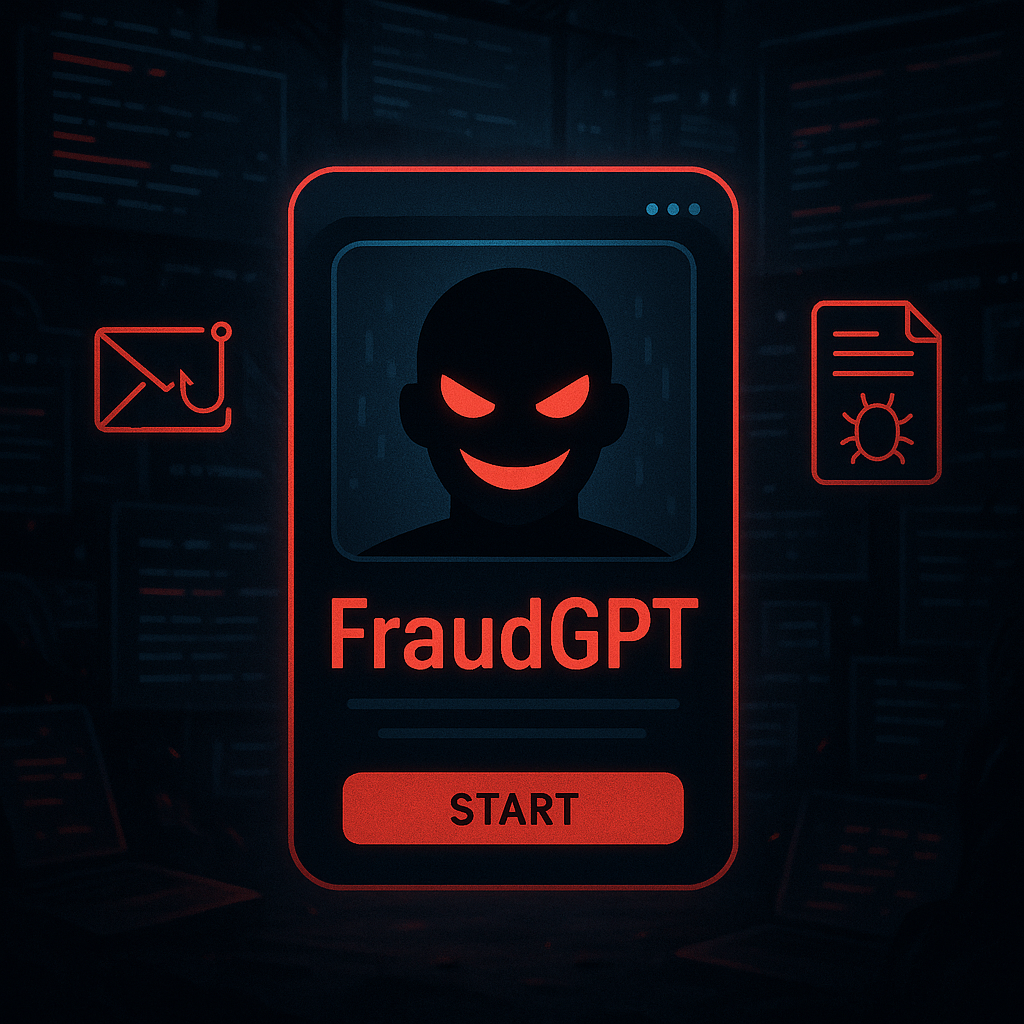Table of Contents
Extended Detection and Response (XDR) Explained
XDR represents the evolution of traditional detection and response tools, addressing the growing complexity and sophistication of modern cyber threats. Traditional security solutions like Endpoint Detection and Response (EDR) focus solely on endpoint security, while XDR expands the scope to include data from networks, cloud environments, email, identity management systems, and more.
By integrating and correlating data from these diverse sources, XDR provides a comprehensive view of the threat landscape, enabling faster detection of potential attacks. Advanced analytics, machine learning, and automation play crucial roles in XDR, allowing for real-time threat detection, prioritization of alerts, and automated responses to neutralize threats before they can cause significant damage.
How Extended Detection and Response (XDR) Works
XDR operates by aggregating data from multiple security layers, including endpoints, networks, cloud environments, and applications. The data is continuously monitored and analyzed using machine learning algorithms and advanced analytics to detect patterns and anomalies that might indicate a security threat. Here’s a breakdown of the key processes involved in how XDR works:
- Incident Detection: XDR collects and unifies data from various security tools, providing a centralized view of all security events. The platform integrates threat intelligence and enriches data to provide context, helping to identify potential security incidents.
- Incident Analysis and Scoring: Once a potential threat is detected, XDR groups related alerts into a single incident, creating a cohesive narrative of the attack. The incident is then scored based on severity, allowing security teams to prioritize their response efforts effectively.
- Response Actions: XDR initiates automated response actions based on the severity of the threat. These actions may include blocking malicious indicators, isolating compromised endpoints, resetting user credentials, and more. For benign incidents, the platform may automatically close the case without further intervention.
- Continuous Monitoring and Improvement: XDR platforms provide real-time monitoring and continuous threat detection across the organization’s IT ecosystem. Regular scans and automated workflows help maintain a strong security posture, ensuring ongoing protection against evolving threats.
Benefits of XDR
Extended Detection and Response (XDR) offers several key benefits that enhance an organization's cybersecurity posture. These benefits are driven by the integration of multiple security layers, advanced analytics, automation, and a unified approach to threat detection and response. Here are the primary advantages of implementing XDR:
- Improved Threat Detection and Response: XDR offers holistic visibility by integrating data from various security sources, enabling more accurate detection of complex threats. It uses advanced analytics with machine learning to analyze data in real-time, improving threat detection accuracy and reducing false positives. Additionally, XDR enhances response times by automatically correlating and prioritizing incidents, allowing for faster and more efficient mitigation of high-priority threats.
- Streamlined Security Operations: XDR reduces alert fatigue by consolidating related alerts into a single incident, allowing security teams to focus on critical threats. It provides centralized management through a unified platform, simplifying operations and reducing the need for multiple tools. Additionally, XDR automates routine security tasks, freeing up personnel to concentrate on more strategic activities like threat hunting and proactive defense.
- Enhanced Security Posture: XDR enables proactive threat hunting by allowing security teams to search for indicators of compromise that may not trigger automated alerts, helping to identify and neutralize threats early. It also provides cross-layered detection by integrating data from multiple security layers, offering deeper insights and a comprehensive understanding of attacks. Additionally, XDR ensures continuous monitoring and real-time visibility, promptly detecting and addressing new threats to maintain a strong security posture.
- Reduced Complexity and Cost: XDR consolidates multiple security tools, simplifying management and reducing costs by lowering the need for multiple licenses, training, and maintenance. It also offers scalability and flexibility, allowing it to adapt to an organization's growing IT environment and evolving threats, ensuring consistent security as the organization expands.
- Improved Compliance and Reporting: XDR aids in regulatory compliance by providing continuous protection, automated responses, and generating detailed audit trails, simplifying adherence to standards like GDPR and HIPAA. It also offers in-depth forensics and detailed incident reports, essential for thorough investigations, refining security strategies, and meeting reporting requirements.
- Adaptability to Evolving Threats: XDR integrates real-time threat intelligence, keeping the platform updated with the latest threat information, allowing organizations to stay ahead of emerging threats. Its dynamic response capabilities enable adaptation to new attack techniques, ensuring effective responses to both known and unknown threats, thereby enhancing overall resilience.
What Role Does XDR Play in Email Security?
Email remains one of the most common vectors for cyberattacks, with phishing, malware, and ransomware being prevalent threats. XDR enhances email security by integrating email data with other security layers, such as endpoint and network security, to provide a unified defense against sophisticated attacks.
XDR's role in email security includes:
-
Phishing Detection and Mitigation: XDR can identify phishing attempts by correlating suspicious email activities with network and endpoint behaviors. For example, if an email contains a malicious link, XDR can detect the resulting network traffic and flag the incident.
-
Advanced Threat Detection: By integrating email data into its broader analysis, XDR can detect advanced threats like Business Email Compromise (BEC) or spear-phishing that may evade traditional email security solutions.
-
Automated Response: Upon detecting a threat, XDR can automatically isolate the affected endpoint, block malicious IP addresses, and alert the security team, reducing the time between detection and response.
How IRONSCALES Utilizes XDR
IRONSCALES enhances email security by integrating with XDR (Extended Detection and Response) solutions along with other tools like SIEM, SOAR, and EDR. This integration allows the XDR platform to gather and correlate advanced threat intelligence from IRONSCALES, improving overall threat detection and response. IRONSCALES can better identify sophisticated attack patterns and respond more comprehensively to email-based threats.
The platform provides continuous inbox-level protection, ensuring that emails are safeguarded even after delivery. Unlike traditional Secure Email Gateways (SEGs), our seamless integration via an API allows for faster, more coordinated responses to detected threats, minimizing risks. Its simplified setup further reduces the chance of email delivery issues, enabling organizations to benefit from advanced threat detection and response capabilities quickly.
Check out the complete IRONSCALES email security platform here or get a hands-on live demo.
Explore More Articles
Say goodbye to Phishing, BEC, and QR code attacks. Our Adaptive AI automatically learns and evolves to keep your employees safe from email attacks.

/Concentrix%20Case%20Study.webp?width=568&height=326&name=Concentrix%20Case%20Study.webp)












